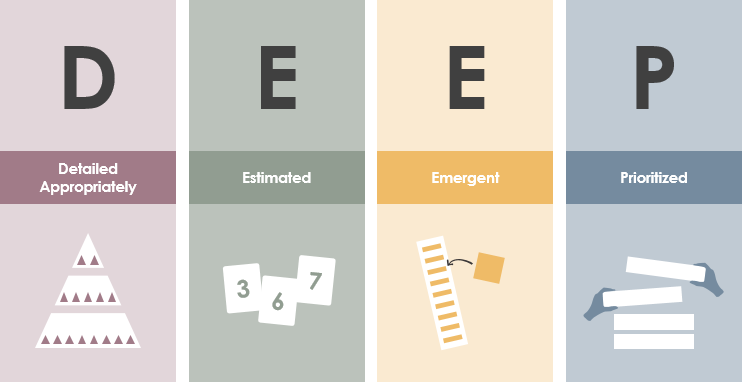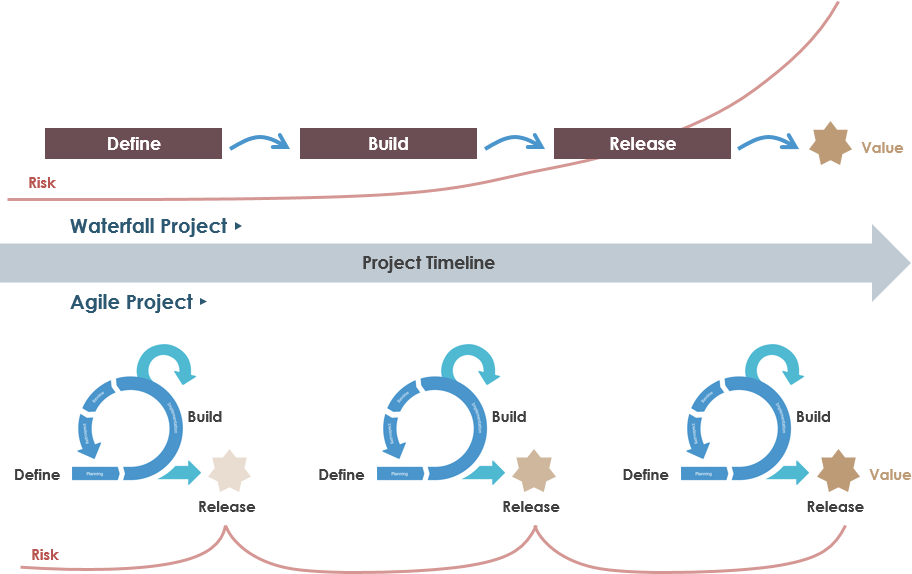Test Driven Development (TDD) is a software development process, which relies on transforming software requirements into test cases before software is fully developed, and tracking all software development by repeatedly testing software for all test cases. This is the opposite of developing software first and then creating test cases. Some popular models support TDD very well, such as MVC and MVP.
Continue reading








